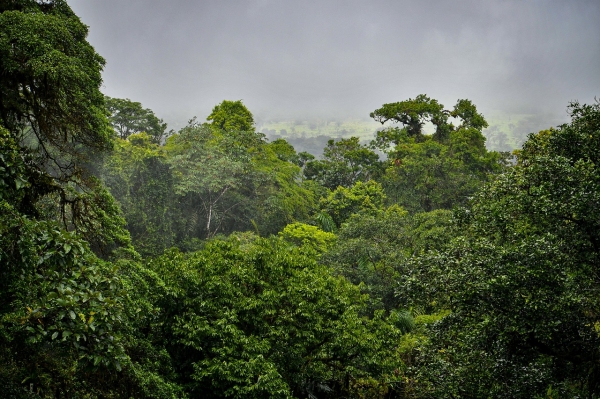We know less about the rainforest canopy, where most of the world’s species live than we do about the surface of Mars or the bottom of the ocean. However, that is about to change thanks to GEDI—a NASA space laser that has provided a detailed structure of the world’s rainforests for the first time ever.
“Tropical forests are mainly unstratified especially in Amazonia and regions with lower fertility or higher temperatures” reads the title of the recently published paper in Environmental Research Ecology that details the laser’s findings. Authored by researchers from the U.S., the U.K. and Singapore, Christopher Doughty, professor in NAU’s School of Informatics, Computing, and Cyber Systems and first author on the study, believes this research is crucial—and long overdue—in finding out more about the tropical ecosystems.
“Most of the world’s species live in tropical forests and most of those make use of the canopy, and yet, we know so little,” Doughty said. “Rainforest structure matters because it controls how animals access resources and escape predators, and these findings will help us understand tropical forest animal’s susceptibility to climate change.”
Research into forest canopies has come a long way. Early western visitors described tropical forests as horror vacui (nature abhorring a vacuum) since vegetation was “anxious to fill every available space with stems and leaves.” Later, as scientists began to study tropical forests, they categorized the lush flora into forest layers—a thick upper crown and a thick mid-layer with a thin layer in between. However, this was only observed in a few well-studied locations. The structure across most tropical forests was still unknown.
Read more at Northern Arizona University
Photo Credit: HarryJBurgess via Pixabay


